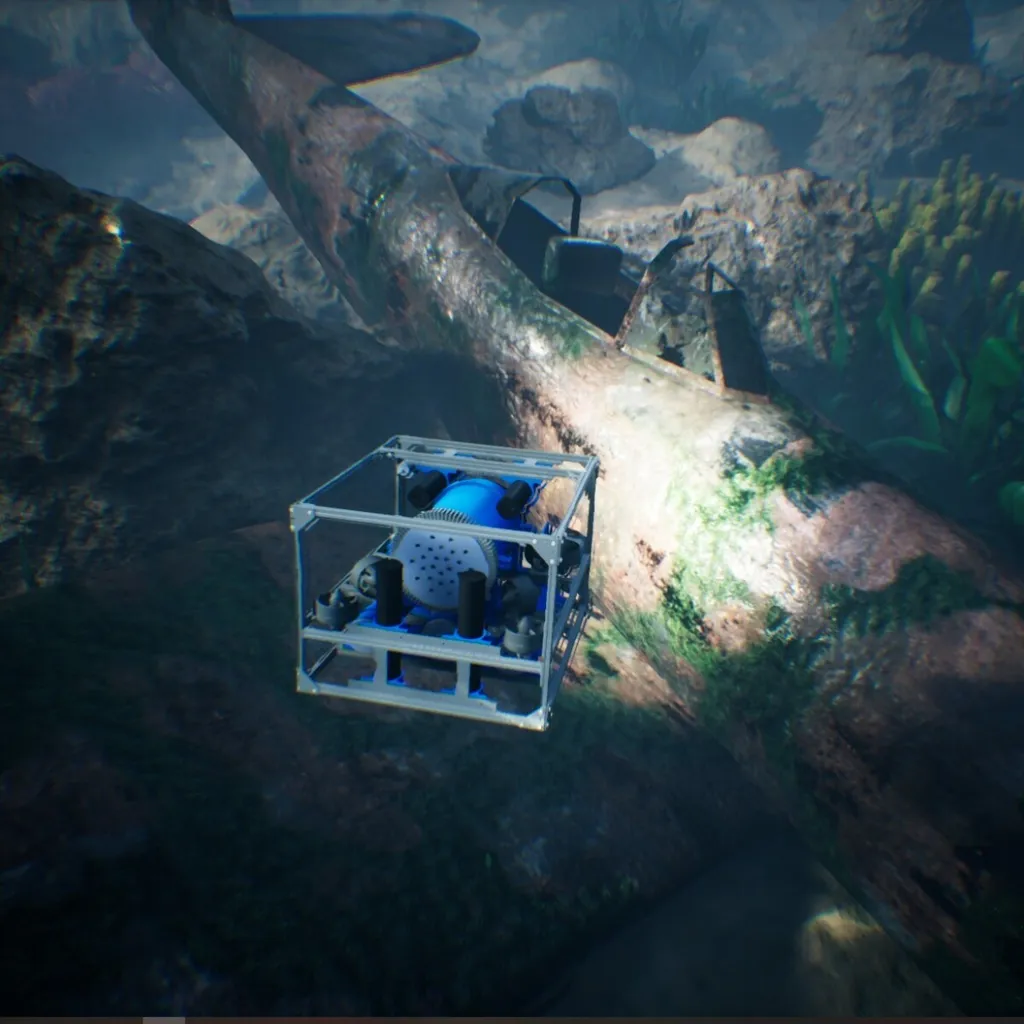Researchers at Brigham Young University have unveiled groundbreaking advancements in marine robotics simulation with the upcoming release of HoloOcean 2.0. Led by Blake Romrell, Abigail Austin, Braden Meyers, Ryan Anderson, Carter Noh, and Joshua G. Mangelson, this next-generation simulator promises to revolutionize the development and validation of autonomous marine robots. HoloOcean 2.0 is poised to set new standards in marine robotics simulation, offering state-of-the-art features that cater to a wide array of tasks.
The team has migrated the simulator to Unreal Engine 5.3, a move that significantly enhances the fidelity of marine sensor simulations, physics modeling, and visual rendering. This upgrade allows for more accurate and realistic representations of underwater environments, which are crucial for developing and testing autonomous marine robots. The integration of advanced vehicle dynamics models from Fossen further improves the simulator’s ability to mimic real-world conditions, providing developers with a robust tool for refining their robotic systems.
One of the standout features of HoloOcean 2.0 is its support for ROS2, achieved through a custom bridge. This integration facilitates seamless communication between the simulator and robotic systems, enabling more efficient and effective development processes. The researchers are also working on several additional features, including more efficient ray tracing-based implementations of sidescan, forward-looking, and bathymetric sonar. These advancements will enhance the accuracy and reliability of underwater mapping and navigation, critical components for autonomous marine robots.
Moreover, HoloOcean 2.0 will introduce semantic sensors and environment generation tools, which will allow developers to create and simulate complex underwater scenarios with greater ease and precision. Volumetric environmental effects and realistic wave simulations are also in the pipeline, further enriching the simulator’s ability to replicate real-world conditions. These features will not only support the development of more sophisticated marine robots but also accelerate the validation process, ensuring that these systems are ready for deployment in real-world environments.
The practical applications of HoloOcean 2.0 are vast and varied. For instance, the marine sector can leverage this simulator to develop autonomous underwater vehicles (AUVs) capable of performing complex tasks such as underwater inspections, environmental monitoring, and search and rescue operations. The enhanced fidelity and realism of HoloOcean 2.0 will enable developers to test and refine their AUVs in a virtual environment, reducing the need for costly and time-consuming real-world trials.
Furthermore, the simulator’s advanced features can support the development of autonomous surface vehicles (ASVs) and other marine robotic systems. By providing a high-fidelity simulation environment, HoloOcean 2.0 will facilitate the creation of more robust and reliable autonomous systems, capable of operating in diverse and challenging marine environments. This will not only improve the efficiency and effectiveness of marine operations but also contribute to the broader goals of sustainability and environmental conservation.
In conclusion, HoloOcean 2.0 represents a significant leap forward in marine robotics simulation. With its state-of-the-art features and advanced capabilities, it promises to accelerate the development and validation of autonomous marine robots, supporting a wide range of applications in the marine sector. The researchers at Brigham Young University have set a new benchmark in marine robotics simulation, paving the way for a future where autonomous systems play a crucial role in exploring, monitoring, and protecting our oceans. Read the original research paper here.

